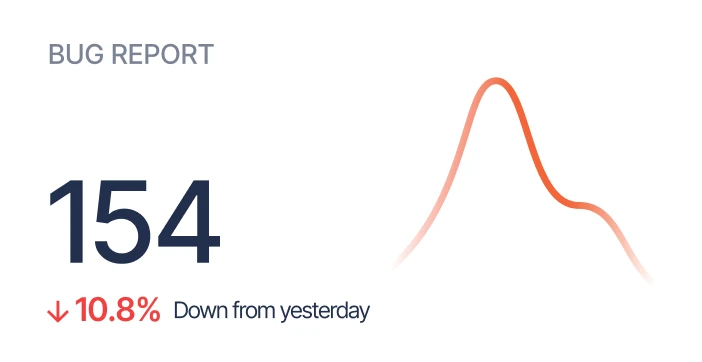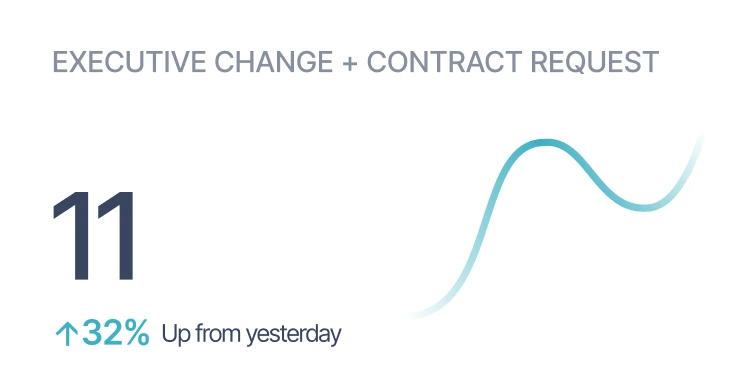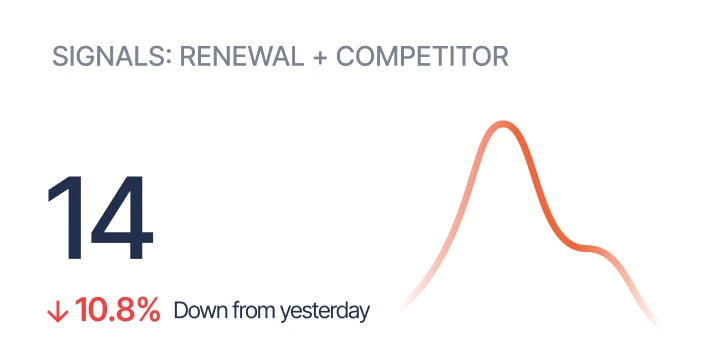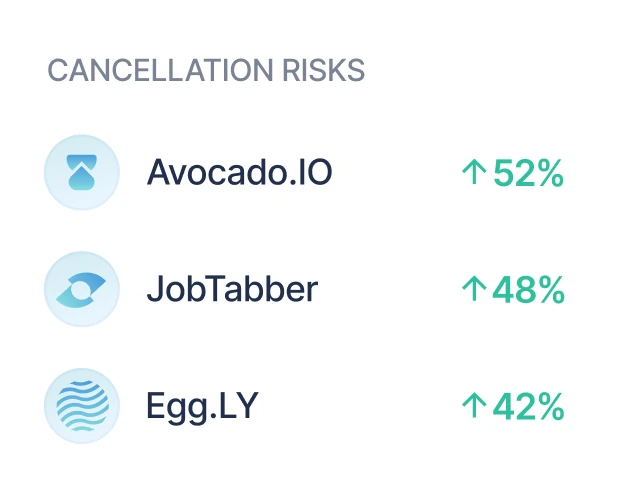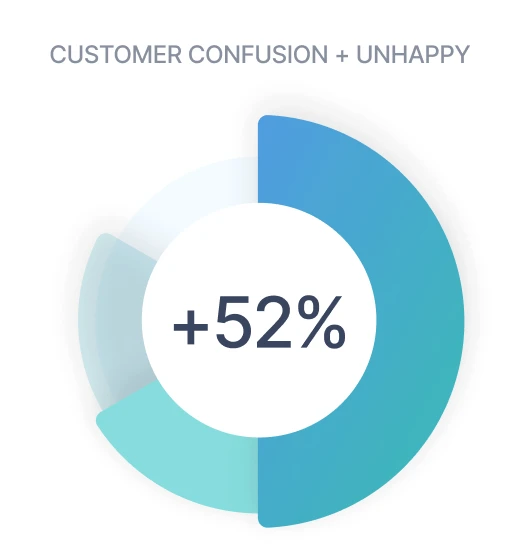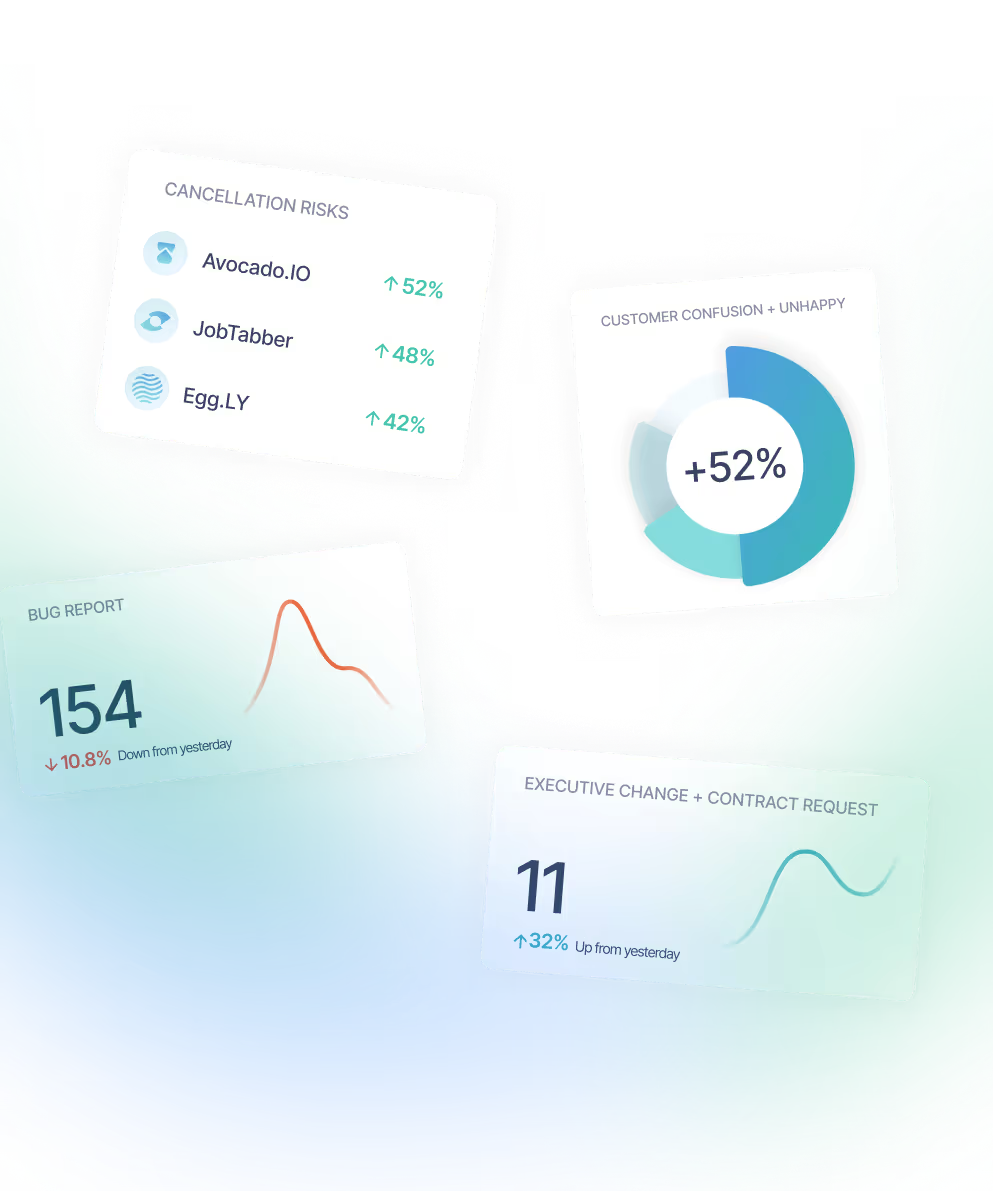Few things are more critical to the success of a business than developing customer advocates. Every brand wants to make its customers happy. In SaaS, even minor improvements in customer experience lead to more significant gains in customer retention. Considerable increases in customer engagement significantly boost retention revenue. According to Guy Nirpaz at Totango, “70–95% of SaaS revenue comes from retention and expansion of existing customers.” You heard that right — yes, this surpasses net new revenue figures. The initial sale generates as little as 5% of SaaS revenue. As the SaaS economy has matured, we have finally realized that replacing churn with new acquisitions becomes increasingly tricky, especially at scale. It suffices to say that in the world of SaaS, keeping your customers has become the top priority.
What are customer incentives?
According to our friends at Paddle, “Customer incentives are rewards granted to customers for engaging in behavior that helps build the brand.” Think of customer incentives as bonuses or rewards given to customers for promoting the brands. For example, customers may receive additional credits if they promote your brand on social media. Or, maybe you’ll give them access to more advanced features. They can be revenue related, such as making a repeat purchase or upgrading an existing plan. They can also be action-oriented, like writing a testimonial, referring another customer, or participating in a webinar or a panel.
B2B rewards and incentives are diverse, including product discounts, rebates, discounted or free products, features, early access to new functionality, charitable donations, and more. Compared to their B2C counterparts, B2B businesses tend to develop more personalized, long-term customer relationships. Therefore, it’s common for a B2B incentive program to be more personalized and designed explicitly for specific customer segments and cohorts. For example, a discount incentive can be offered to a company that allows the vendor to use its logo for marketing rights. Or, the vendor can provide early access to a new SKU for free or at a discounted price.
B2B incentive programs are generally less transactional than B2C programs. Instead, B2B programs are focused on deepening existing relationships. Customers must view the program as somewhat personalized, and it needs to offer a clear benefit.
Finally, one of the best incentives for engaged customers is simply communication. As with any relationship, communication is critical. Companies that regularly communicate with their customers show that they care about them and want to keep them up-to-date on the latest news and developments. This communication can take many forms, such as emails, newsletters, social media posts, or even phone calls. By staying in touch with their customers, companies can build strong relationships that will last for years.
Now that you have a good pulse on brand-building B2B behaviors and how to incentive those behaviors, here are five steps you can take to build a successful customer incentive program, grow customer loyalty, and improve customer retention.
5 Steps to build a successful program:
There is no shortage of ways to incentivize customers to build your brand and business. Be creative. The sky’s the limit as far as creativity is concerned. However, not all SaaS companies are alike; thus, creating a custom incentive program is essential for success. It’s not like the worst that can happen is you don’t have any takers. A poor incentive program can lead to far worse outcomes — even compliance and legal challenges if you aren’t careful. Follow the steps below to ensure your program hits all the right notes.
1. Listen to your customers
Understanding your customers and ideal customer profiles (ICPs) is the first step to creating a successful incentive program. To better understand your ICPs, you must listen deeply to what your customers say. The key here is to go beyond traditional tactics like NPS and CSAT surveys like NPS and CSAT. Nothing speaks louder than the unabridged, unbiased, unsolicited voice of your customer. The most competitive businesses analyze everyday customer conversations to distill thousands of data points a month and capture customer sentiment at scale. Taking that step can only be accomplished through a customer intelligence platform (CIP).
2. Choose your goals
As we mentioned above, there is no shortage of brand-building behaviors. Is your program focused on generating more customer testimonials and case studies? Do you need more customer references? Or is the primary goal to increase expansion revenue? Different goals mean different programs. They also represent different audiences. You’re not going to ask a struggling customer who’s still onboarding to write a case study. Similarly, you’re not going to incentivize a customer who’s already planning on expanding their seat count to upgrade.
3. Choose a test group
Testing your program on a smaller group minimizes risk. There are a couple of ways to choose your test group. Let’s say your program aims to generate 10 case studies for a new website landing page. Traditionally this has been a pretty manual task. First, you reach out to your customer success and account managers to ask which customers are “happy” or “most likely to write a testimonial?” Once you’ve chatted with a few colleagues, you can pull together your group. Alternatively, you can aggregate customers exuding positive sentiment in seconds with modern technology like a CIP. You will save yourself hours of work and have the underpinnings of a repeatable process and, ultimately, a healthier incentive program.
But what if your goal is to incentivize customers to upgrade? How do you know which customers are already planning on expanding their account versus those who are just ‘happy’? Positive sentiment doesn’t always infer expansion opportunity. Don’t spend hundreds or even thousands of dollars building a program to encourage those customers who are already about to expand. Spend that bandwidth and budget on happy customers who need an extra nudge. The issue for most is that they cannot tell the difference. Without a CIP, it’s nearly impossible to differentiate between those two test groups. With a CIP, however, you can define and segment those customers who are ‘happy’ from those that are ready for ‘expansion.’
4. Build a budget
Regardless of your program goal, it’s essential to map out a budget. This process can be relatively straightforward if your incentive and desired customer behavior are tied directly to revenue. For example, if I’m offering $10,000 of free products to generate $15,000 of repeat purchases, that’s $5,000 of net profit. Budgeting gets more complicated as the incentives and behaviors move away from simple transactions. Let’s say your incentive to generate 10 case studies is to provide early access to a new product offering. Determining the monetary value of a case study is difficult. Understanding what you want to charge for a new product offering is difficult without going through the proper motions. Still, getting everything down on paper and setting up a rough projection is critical. Ultimately, your budget should be a tool that determines whether or not what you’re giving away is less than what you’re getting in return.
5. Analyze and iterate
Rarely does a customer incentive program knock it out of the park on the first go. There are often many moving parts, and it can be tricky to nail the incentives down on the first attempt. Depending on what brand behavior you’re seeking, these programs can take weeks, if not months, to conclude. Requesting 10 case studies is not going to be a quick turnaround. That said, it’s essential to track your program’s progress effectively. There is no shortage of project management tools to choose from these days. A CIP lets you quickly track leading indicators based on sentiment and insights. Regardless of how you’re monitoring success, keep an eye out for improvement opportunities.
Conclusion
Engaged customers are essential to the success of any B2B SaaS business. To properly engage with your customers, you must listen to your customers at scale. Only then can you offer them the right incentives at the right time to boost brand-building behaviors. Pair that with excellent customer service and regular communication, and you can build strong relationships that will last for years.
.avif)






